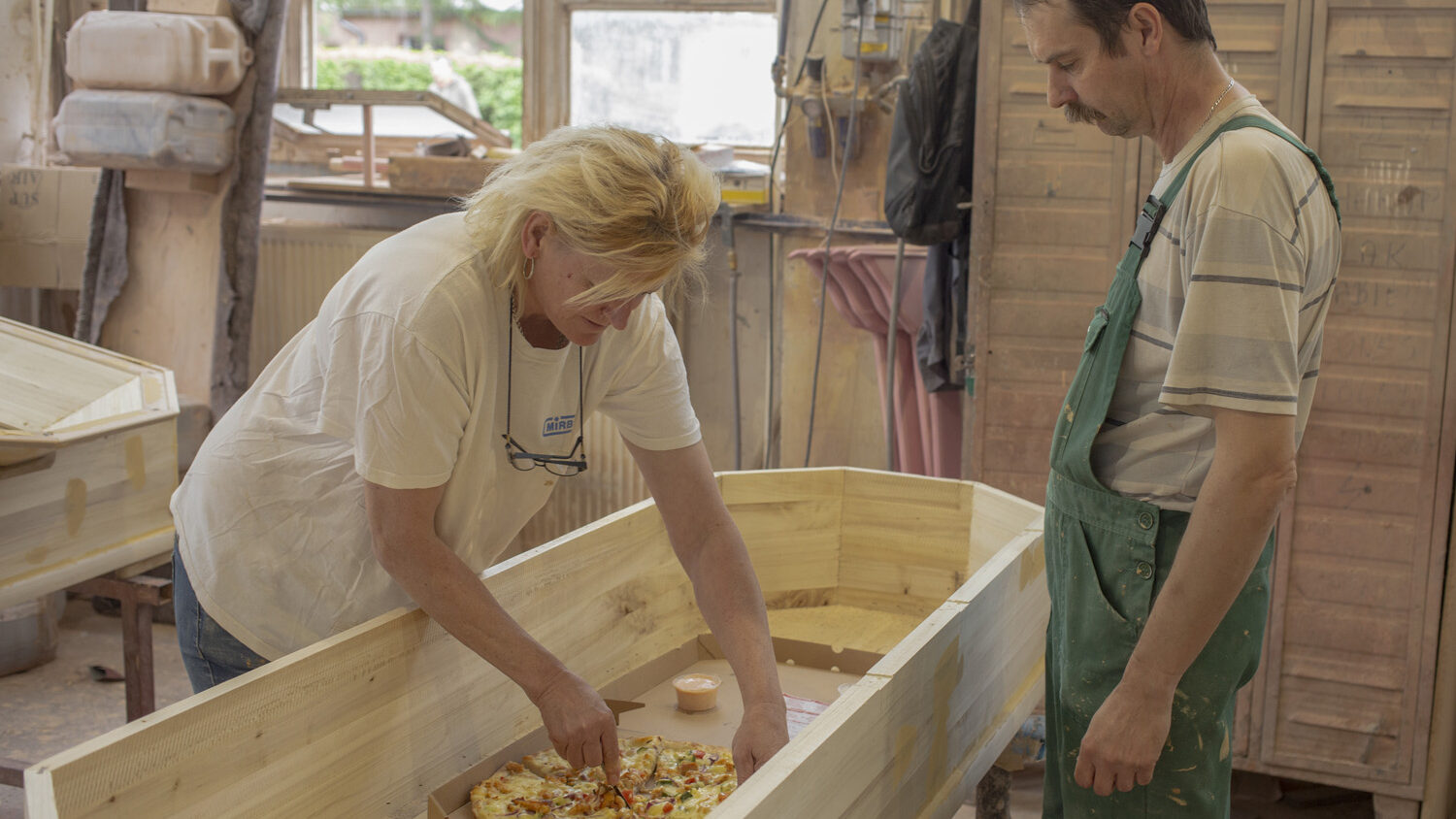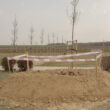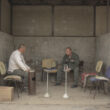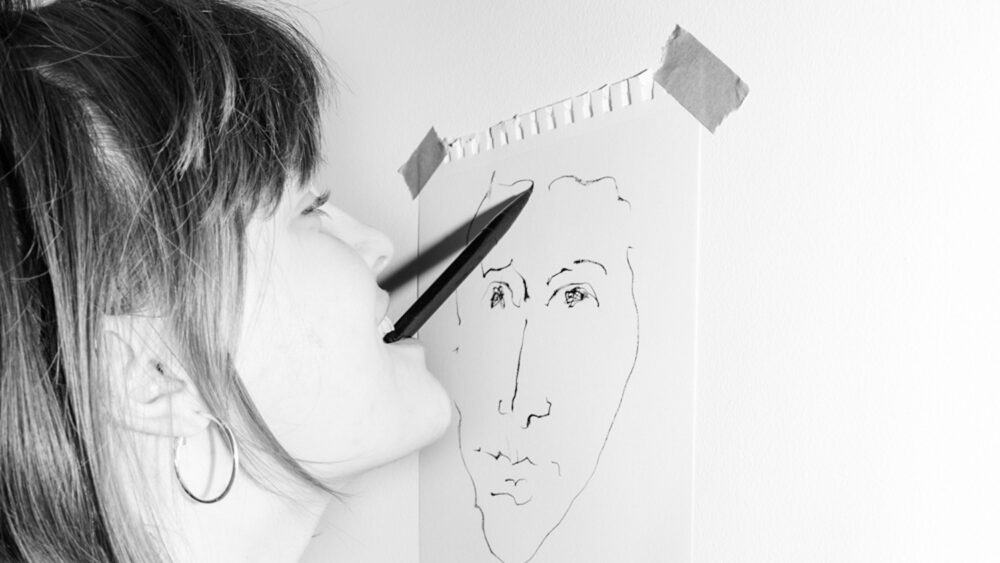Memento mori
In Hungary just as in other western cultures, people live in a death denying society. The weakening of religion, the development of medicine and urbanization all affected the relationship between man and death. In pop culture passing away is almost everywhere, we have seen hundreds of deaths on the screen, while in real life we might haven’t seen a single one. At the heart of my work, memento mori, are the workers of the death industry. I was wondering how people, who work with the concept of death on a daily basis, can relate to their own existence. What kind of impression do workers have on the factory and how does this work affect their physical and mental state? I was fascinated by these people because they haven’t got the choice to deny death. I visited a coffin and an urn factory, and I worked together with two gravediggers during the project. All through the months I got to know them better and discovered a grotesque duality between the workers and their work. At the same time, seriousness and absurd humour are present. This ambivalent mood is the basis for my series.
Noémi Szécsi (1998) is a half-Hungarian, half-Romanian photographer, currently living in Budapest. She studied photography at the Moholy-Nagy University of Art and Design in Budapest, from which she holds an MA. A member of the Studio of Young Photographers, Hungary, Szécsi’s projects are centred on specific groups of people living on the margins of society – from gravediggers to far-right protesters, to the witches she is currently working with. Her conviction is that the medium of photography offers no universal truths, but it does maintain a mediating and sensitising power.


















